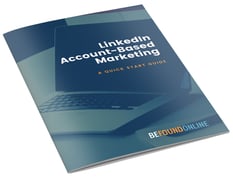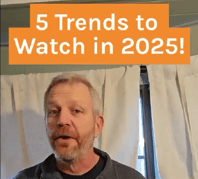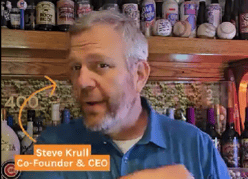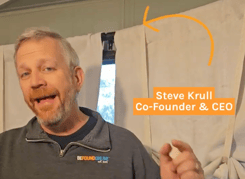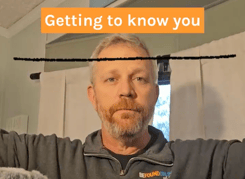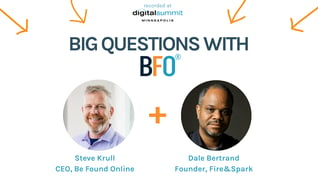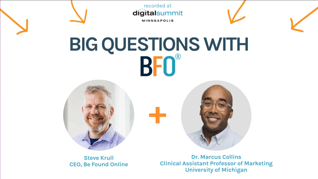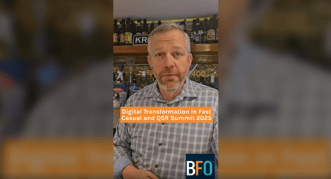Future of Digital Marketing | What You Need to Know About the Growth of Video, Voice, and Mobile Ads | BFO
October 26, 2020
6 Minute Read


Marketers beware!
Today, the growth of video, voice, and mobile ads demands attention from every marketer as it is shaping the future of digital marketing.
Pew Research Center reports 81% of all mobile phones are smartphones. Now, paid search ads on mobile are one thing. They’ve been in the realm of digital marketers since the iPhone debuted in 2007. (Can you believe it’s only been 12 years!) The evolution of video and voice, however, is breaking into new frontiers – not only for video and voice – but also for mobile ads.
It would be too simple to say mobile ads have become more relevant with the increased use of mobile devices. Mobile ads must be viewed in their relationship to the user experience and that now includes engagement via video and voice.
Digital marketing is evolving fast and accelerating into new frontiers as well as breaking the traditional boundaries between marketing and digital marketing.
The numbers tell the story…
More Than Ever, The Lines Between Traditional and Digital Are Blurring
Mobile devices continue to change user behavior and how – and where! – marketers must reach them. Recent statistics paint a picture, not only of evolving user behaviors, but of a need for marketing agility as more and more users embrace mobile, new means of engaging with video, and voice assistance.
For example:
- Google reports that 6 out of 10 users would prefer to watch videos online rather than watching TV.
- Hubspot reports that 81% of businesses used video last year.
- Alexa reports YouTube is the 2nd most popular site, after Google.
There’s no question the potential for online video will transform how businesses engage with each other and consumers. This also means mobile ad revenue will continue to grow.
Mobile Marketing Magazine reports mobile ad spend will hit $165 billion in 2019.
This data prompts questions like:
Are mobile ads replacing TV commercials or are traditional TV commercials becoming mobile ads?
And this doesn’t even account for the new frontier of voice ads. So far, users haven’t been keen on ads “popping-up” before their voice search results. In 2018, Search Engine Land shared that less than 40% of voice search users were open to ads only if they were “relevant.” So far, users have been highly resistant to ads presented through their smart speakers. Despite this resistance, Google has begun to test ads in response to Google Assistant voice searches. Voice ads are coming; it’s just a matter of time.
Now’s the Time to Embrace Video, Voice, and Mobile Ads
Mobile ads account for 64% of retail website searches. 72% of users would prefer video as the means of learning about a product or service. A survey of voice search users found 25% say they order everyday household products using voice search.
Established (mobile), popular (video), or still experimental (voice), marketers need to embrace each of these to remain engaged with their audiences.
Here’s what we recommend you do for each type.
Mobile Ads
Let’s start at the end and work toward the beginning.
You should have a mobile-optimized site. Whatever link you include in your ad should point to a site optimized for mobiles devices. The most awesome ad in the world will fail if it drops a person on a “bad” page (landing, home, squeeze, it doesn’t matter).
What’s a bad page? Slow load times, images that don’t load or slow page speed load time, or content that doesn’t match the ad are some examples. Every page needs solid technical SEO as well as consistent content and messaging.
All mobile ads should be checked before launch. This includes responsive and display ads too. Google Ads and Bing make it easy to check what the ads will look like with a tool you can toggle back and forth between mobile, desktop, and tablet. You can check this also for Facebook Ads. If you’re running Instagram ads, you’re in good luck – they’re already rendered for mobile devices.
Finally, or to start perhaps, your mobile ads should be written and designed with audience intent in mind. For example, local retailers should consider that if a user is searching for them, the user may be ready to buy. The same cannot always be said for someone doing a desktop search.
Video Ads
There’s so much flexibility here. The key here is to be hyper-aware of who your audience is.
In our experience, the best video ads aren’t sales-y. They aim to resonate with the lifestyle and needs of the audience. A sales push can work if that matches with the intent of your audience, however, in many cases, users watching online videos are not looking to make an immediate purchase.
If you want to create content that has a remote chance of going viral, think Dollar Shave Club. It’s funny. It’s seemingly off-topic. Yet, it succeeds in connecting with its audience. Video ads like this could almost be called advertainment.
Video ads can also benefit from captions. This allows a user to understand the content if they have the volume low, as a matter of respect to their neighbors in the public space where they may be.
CTAs should always be used, but again, it’s essential to create a CTA that can be easily remembered or, if it requires doing something, meets the intent of the audience that they would be willing to take that action.
Voice
Ok, so with voice ads, you’re going to have to experiment. Google may be testing them out, but as indicated in the statistics earlier, users remain resistant to voice ads in response to their voice searches. Radio ads may offer a good direction for marketers’ inspiration.
Mobile, Video, and Voice and the Future of Marketing
How users engage with mobile ads continues to evolve. The same goes for video as more and more people engage with, and prefer online video. Voice may be a new frontier but expect it to catch on fast once marketers determine what will resonate with their audiences.
It’s an exciting time to be a marketer of every stripe! The growth of online mediums for advertising represents new opportunities to share and deliver content your users want, advance sales, and reach new audiences.

Curtiss Gulash
When Curtiss is not being a Brewmeister, brewing amazing craft beers at Big Cat Brewing Company, in Cedar, Michigan, he is BFO’s Paid Media Team Lead with a specialty in marketing automotive brands. Curtiss is known for his super-human energy and loves taking a project from start to completion. He understands the world of digital media through and through and manages to juggle multiple curveballs, be a terrific team player, and a super coach to his staff.
CATEGORIES
SUBSCRIBE TO OUR BLOG
Stay up to date with the latest industry best practices in digital marketing!








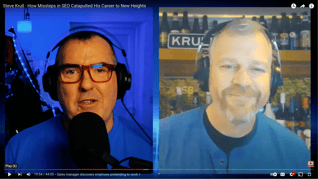







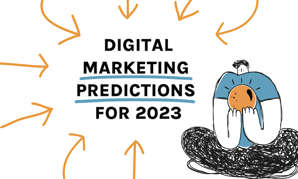






.png?width=339&height=179&name=Webinar%20Banner%20(1).png)

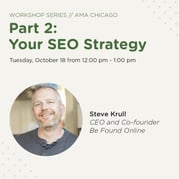

.png?width=339&height=179&name=July%20Webinar%20(Newsletter).png)
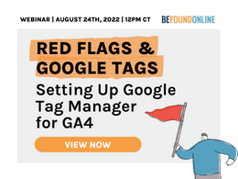
.png?width=339&height=179&name=Webinar%20Banner-April-02%20(1).png)
%20(4).png?width=339&height=179&name=Webinar%20Banner-May-02%20(1)%20(4).png)




.png?width=339&height=179&name=March%202023%20Webinar%20Ad%20(autoresponder).png)






